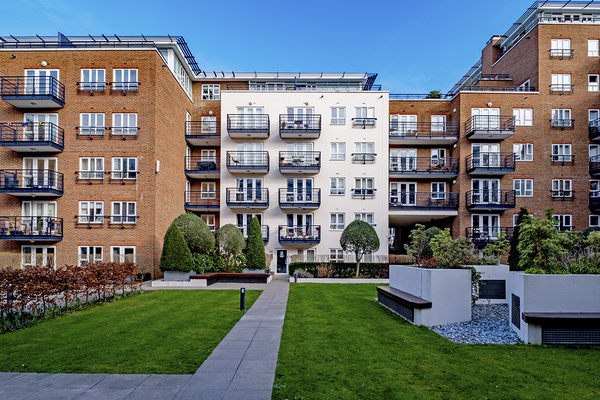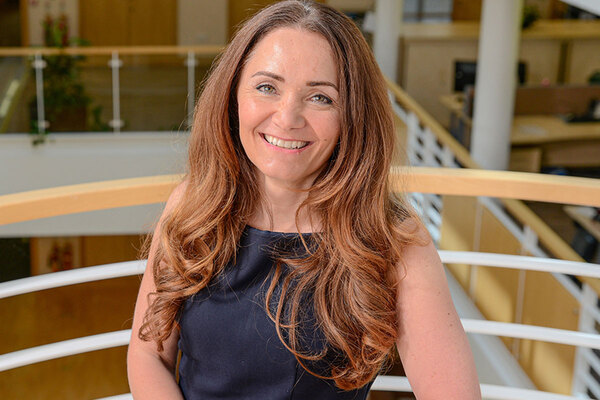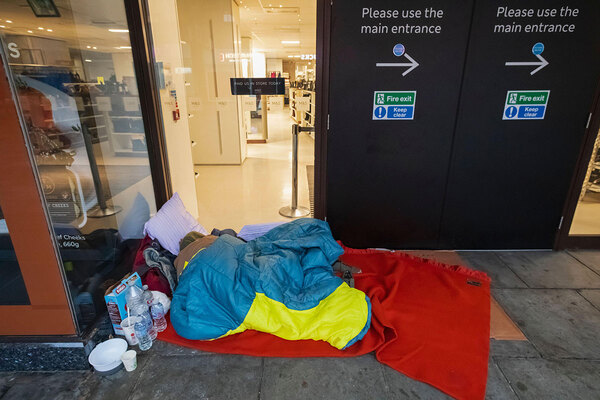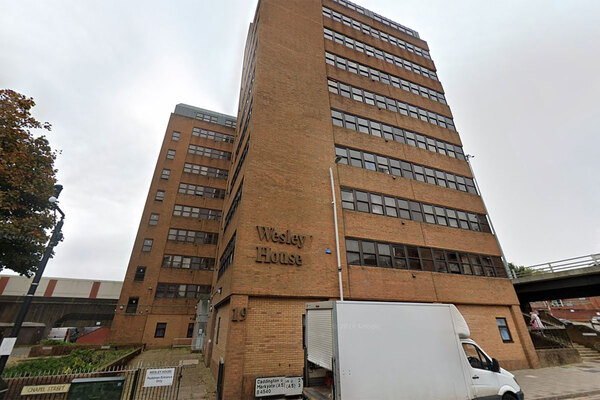You are viewing 1 of your 1 free articles
Bond costs double as inflation and war in Ukraine affect debt markets
The cost of raising debt for housing associations has risen sharply this year as financial markets price in the cost of inflation and the fall-out from the war in Ukraine.
Speaking to Inside Housing, a number of financial professionals have revealed how investors are going through a period of being more risk averse, in part due to rising gilt yields and a sharp increase in spreads that began with the invasion of Ukraine in February.
One bond aggregator said it is finding housing associations interested in borrowing quickly in smaller amounts as the markets fluctuate, and landlords are being advised to “lock in” current rates by entering into deferred funding arrangements.
Henrietta Podd, director at Chatham Financial, said: “A year ago, housing associations were borrowing long-term funding (15 to 40 years) in the bond markets at margins between circa 0.75% to 1% and achieving all in interest rates below 2%.
“While clouds were on the horizon by the end of 2021, rising gilt yields and a sharp increase in spreads began with the invasion of Ukraine in February 2022.”
Ms Podd explained that as investors have lost money on their portfolios, they have become more risk averse and require compensation for potential further losses.
“As a result, HAs [housing associations] are now facing yields of 4% to 4.5% with new issue spreads circa 1.5%+ in the public markets and closer to 2% in the private placement market,” she added.
Large 105,000-home association Sanctuary issued a £150m tap of a 30-year bond last week, but it described the 2.9% blended yield across the bond as “good value for money”.
Piers Williamson, chief executive of The Housing Finance Corporation (THFC), put the sharp rise in the cost of raising debt down to policy uncertainty and other competing pressures on business plans.
He said: “As associations pause and consolidate, they will also need to reflect on the likelihood that this new rates environment will persist.
“Therefore taking early action to lock in current rates, may, given the further inflationary pressure forecast, lead to significant cost savings for those HAs with a clear and certain funding need.”
THFC lent £27.5m to three associations in April despite the “extreme market volatility”.
Andrew Morton, deputy chief executive officer and chief financial officer at MORhomes, said yields had bottomed out during summer last year.
He added: “They increased by about a third prior to the invasion of Ukraine, principally due to an increase in gilt yields reflecting an anticipation of future base rate increases by the Bank of England to combat inflation.
“Since the invasion, we have seen further significant increases in gilt yields combining with a material widening of spreads to give another around 50% increase in the yields HAs are having to pay.
“This means that many issuers have now seen the yield they need to pay more than double from their lowest levels last summer.”
Mr Morton explained that MORhomes is now finding borrowers interested in lending quickly in smaller amounts in fluctuating markets in order to avoid committing too much at any one time.
Julian Barker, partner at Devonshires, said: “If housing associations are of the view that the costs of issuing new bonds are likely to continue to increase and they need access to new funding in the medium term, they may want to think about locking in current rates by entering into deferred funding arrangements.”
Sign up for our development and finance newsletter
Already have an account? Click here to manage your newsletters












